First and most important tools in my opinion are the wire cutters. It's best off the buy 2 pairs of cutters. Smaller pair for delicate thin wire and a bigger pair for cutting thicker wire.
Another very essential tool is round-nose pliers. These come in various sizes and thickness. I have currently got just one pair for making smaller loops and using it to grab loops in order to bend the wire, etc. As I have quickly found out, make sure the handles are very comfortable as you will be using these often and need to ensure they are soft enough not to hurt your hands.
Next important tool is bail-forming pliers. As a beginner I wasn't aware whether these are really important or not. After trying out some basic techniques it became apparent that these are a good investment so I have ordered a pair with 6 different sizes from small 2mm to bigger 9mm loops. However you can always use general things that are found at home. (I found that using the long part of the screw driver works well for making spiral loops.)
Flat nose pliers - are great for holding onto the little pieces and to start off with I got one pair. Make sure that the inside of the pliers does not have any ridges as these will damage the wire very easily. The pliers can be found in most tool shops or arts and craft stores. (I found that pliers from tool shops have more comfortable handles but also come in mini size for comfort so check out your local B&Q or Walmart.
When you start making twists and loops you will need to get some jewellery files to remove any visible sharp corners. I have ordered mine from Ebay and they come in a set of about 5 or different shape and size like round or flat file.
Next, Storage! With all the tools and other small bits you will definitely need a bigger box to store bigger parts as well as a small box with compartments to store all the beads. I have bought a variety of beads to start off with and will use different techniques in order to establish which beads work best. It's best to get a variety of colours however if you don't fancy buying too many beads you can always take apart old inexpensive jewellery that you no longer wear.
Finally, and probably most importantly.... WIRE! These come in various sizes and gauges so to start off with I have bought 1.2mm and 0.8mm wire to play around and learn some basic techniques. After playing around with it for a couple of days I have ordered more wire in 0.6mm and 1mm for more intricate work. Use this table from http://www.wirejewellery.co.uk as a guideline to different sizes as it appears different companies and sites use either mm or gauge to identify wire sizes.
| 0.4mm | 28-gauge | Binding, knitting, crocheting and weaving |
| 0.6mm | 24-gauge | Threading small delicate beads (i.e. semi-precious chips), binding and twisting |
| 0.8mm | 20-gauge | General-purpose jewellery work |
| 1.2mm | 18-gauge | Chunky pieces and ring shanks |
| 1.5mm | 16-gauge | Bold, chunky jewellery, bangle and tiara frames |
| 2.0mm | 14-gauge | Very chunky jewellery and accessories |
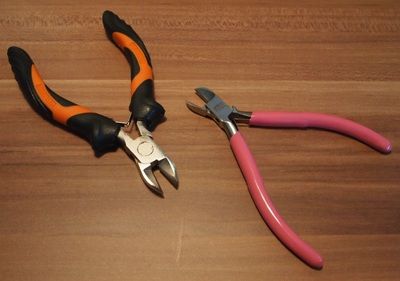
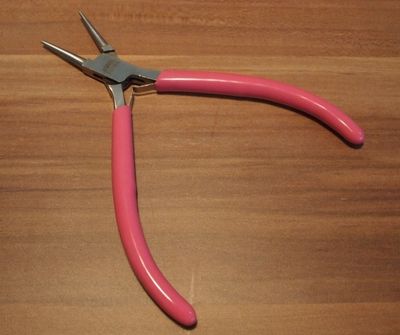
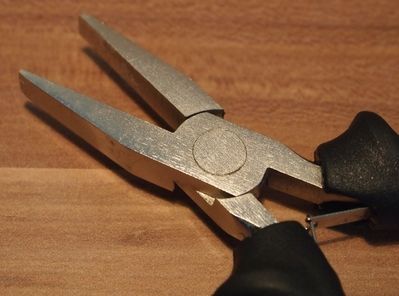
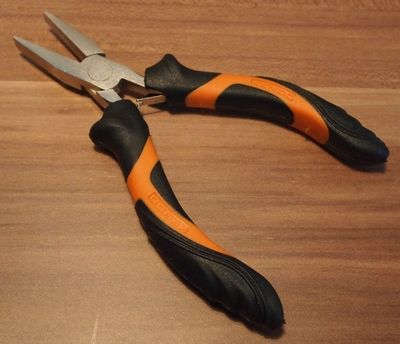
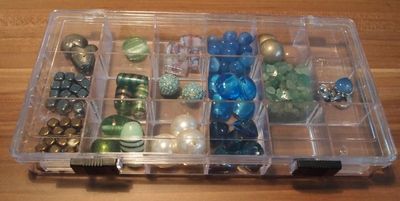
No comments:
Post a Comment